By: Helen Foster
With cruising back in WA, you might be wondering whether it’s the best way to spend your holiday right now. To help you decide, here's the current state of play in the world of cruise holidays.
Many Western Australians had been eagerly awaiting the news that they could finally get back on board to enjoy their favourite kind of holiday. But of course, cruising isn't exactly the same kind of getaway as it was previously. So, let us guide you through what to expect.
Let’s start with the good news – all the big lines are back: Royal Caribbean, Princess, P&O, Silversea, Cunard, Holland America Line and Azamara are among the lines departing Fremantle offering short hop, 4-5 day itineraries sailing past some of the best sights Australia has to offer, alongside 10-14 night itineraries covering Indonesia, Singapore, Vietnam, Thailand or Hong Kong - you can even take a 40-night one way cruise to New York on the Queen Mary 2.
And expect to see more South Pacific itineraries such as Vanuatu, the last of the islands to open their maritime border. Add to that big hitters like Disney Cruises and Virgin Voyages coming to Australian waters in 2023 and 2024, there’s never been more choice as to where to cruise and who with.
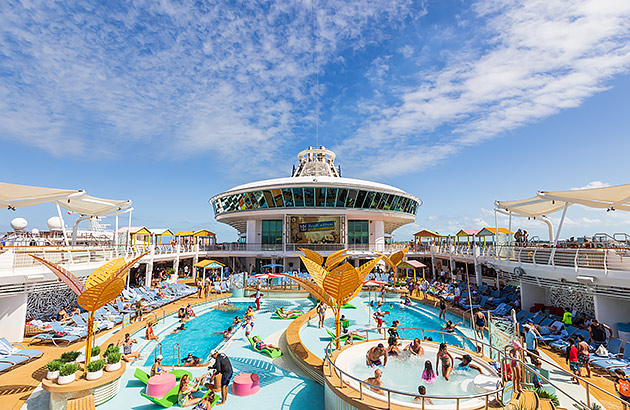
New cruising regulations
There’s no sugar coating the fact that while airlines and hotels have relaxed rules around tests and vaccines, the Australian cruise industry is still playing things super safe, as Joel Katz, managing director from the Cruise Lines International Association explains.
“To win the confidence of travellers, we had to show we had measures in place that would not only mitigate against the risks of COVID-19, but also provide detailed response plans to deal with any cases that might emerge.”
Late last year, Carnival Cruise Lines announced that "out of an abundance of caution" mandatory mask wearing, indoors only, would return to all of its ships due to the recent increase in COVID-19 transmissions in the community. However, at the time of writing, they no longer require masks to be worn during the cruise, although they are required during embarkation and debarkation at the home port. They now only 'recommend' mask wearing in public indoor spaces, outdoors at large events and where physical distancing can't be maintained.
Right now, cruising in and from Australia is governed by a six-page set of regulations called the Eastern Seaboard and Western Australian Cruise Protocols and right now this says that if you want to board a cruise ship in WA, anyone 12 and over, must be fully vaccinated at least 14 days before travel – that means having at least two doses of any TGA-approved vaccine like Pfizer or Astra Zeneca. Boosters are also advised.
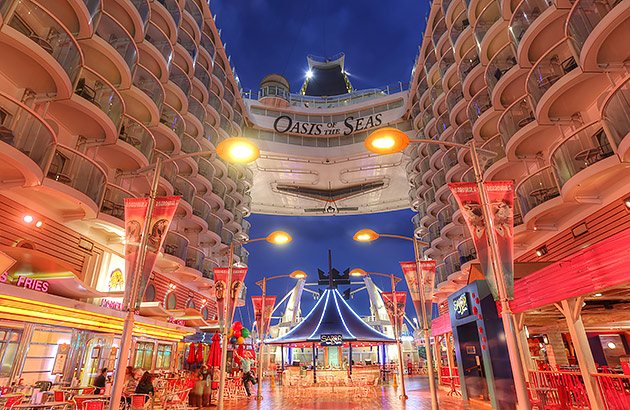
Up to five per cent of people on a ship can have a medical exemption for vaccination but if this applies to you, speak to your cruise line about how they handle this; Carnival, for example, ask you to make your booking as normal but it’s not final until you receive an email confirmation that the ship can accept you. If the ship is over quota, you, and your traveling companions, will get a refund.
It might sound like quite a few hoops to jump through, but as cruise analyst Neil Stollznow from StollzNow Research told us, the benefits of cruising outweigh all of this for many devoted cruisers. “Not only because of practical stuff like unpacking once, cruising has always been great value for money – and that’s continuing while land-based costs are going up,” he explains.
“According to the National Visitors Survey for July 2022, prices across Australia increased by an average of 141 per cent. That makes cruising, where you don’t have to worry about ancillary costs like food or transport, even more appealing now.”
What’s changed?
If you do decide to get on board, what are you going to find? Well, it’s mostly business as usual. Masks are recommended but not mandatory, buffets are back and there’s still singing in the shows and gaming in the casino.
Generally port excursions are also going ahead as normal – but, some countries, for example New Caledonia, require proof of full travel insurance before you can disembark the ship.
“Many processes have also been streamlined or digitised to make them simpler and reduce person-to-person contact,” explains Joel Katz. “For example, the safety drill performed at the beginning of each cruise is now explained by video in your cabin, so guests no longer need to gather in person. And apps and wearable devices allow guests to reduce person-to-person contact.”
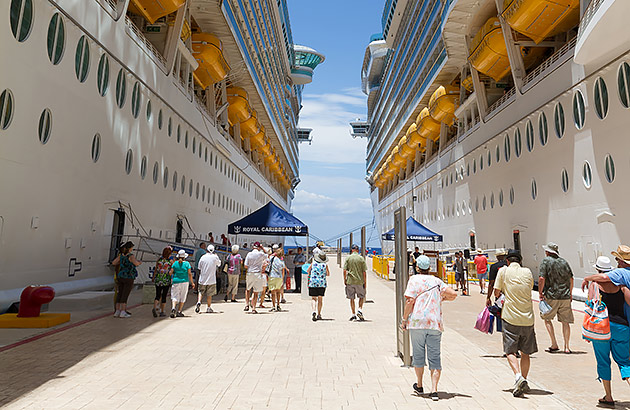
Embarkation, however, is one place where you will likely notice a difference. For starters, lines including Royal Caribbean and Princess have instituted booked boarding times to limit how many people are in the terminal together; you’ll pick your time a few weeks before your cruise.
For everyone over the age of two, you will need to show proof (such as a photo) of a negative self-administered RAT test within 24 hours of embarkation or a PCR test taken within 48 hours. You’ll also fill in a questionnaire and, if you have any symptoms on the day of boarding may need more testing.
Some of these tasks can be entered via your cruise line app to speed things up at the terminal. Masks are also likely to be needed. Every cruise line is handling things a little bit differently though, so the number one rule is, even if you’ve been on a few cruises before (in fact, especially if you’ve been on a few cruises before) read all your documentation carefully for the up-to-date advice.

The state of play outside WA
Reassuringly, while cruising may be new to us again in WA, it’s been going on around other parts of Australia, and the rest of the world, for a while now with millions of passengers in more than 100 countries setting sail – and this is giving the cruise lines data that they can work with to make cruising here as safe as possible.
“The experience around the world where ships have been operating for some time has been that serious illness due to COVID-19 is rare,” says Joel Katz. “In fact, rates of hospitalisations due to COVID-19 are between 30 and 80 times lower on cruise ships than they are on land.’
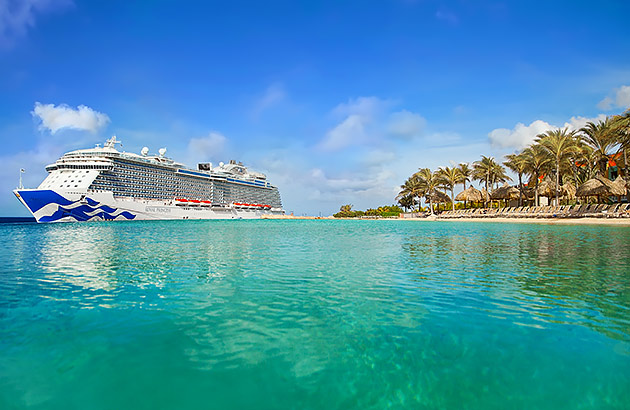
At the time of writing, all six of the ships arriving in Sydney between 16-23 February 2023 are classed as Tier One ships – which mean they are either completely COVID-free, or at worst, there are fewer than 30 cases per thousand people on board, and everything on board the ship is running smoothly.
Obviously, cleaning and sanitation on board is higher than ever before but ships have also invested in new filtration systems that may pipe air in directly from outside and/or use UV light to kill viruses. COVID testing is available on board and they have upgraded medical services to try and minimise the risk of infection or serious disease if people do test positive on board.
And it’s possible someone will. Because people get off at port, a ship is not a sealed ecosystem so even with pre-board checks it’s impossible to completely rule this out – as we saw when the Coral Princess arrived in Fremantle in October 2022. The best ways to reduce your risk are to wear a mask in indoor public areas, enjoy the deck-based bars and activities as often as you can and make the most of the no-contact facilities on the apps or other devices.
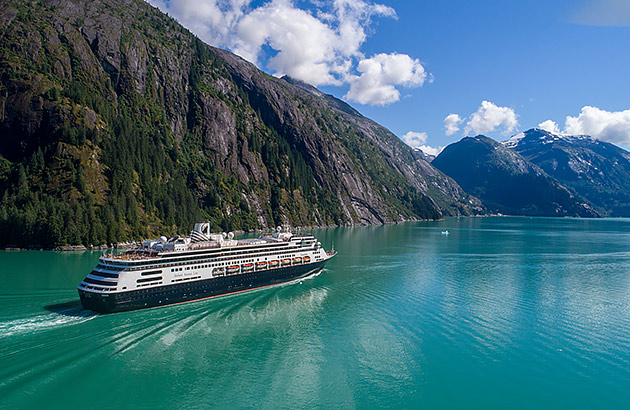
Making it as safe as possible
If you do test positive to COVID on board, there are strict processes in place. You will have to stay in your room (for five days) but some lines let you stay in your cabin (a very good reason to book a balcony or window cabin if you can afford it), others have a designated deck on board for any affected passengers.
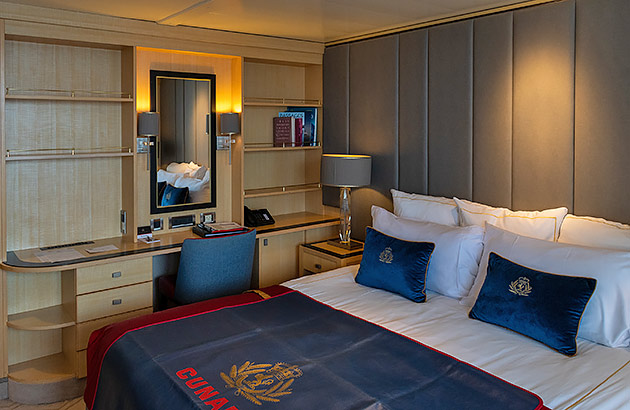
Meals, drinks, Wi-Fi and movies are all provided. You’ll likely be compensated for any days lost and refunded for any excursions you couldn’t take – but it’s still a very good idea to take out comprehensive travel insurance that covers cruising.
There may also be rules for any close contacts such as daily RAT testing and mandatory wearing of masks when outside of your cabin. And, if more than 10 per cent of those on board test positive, the ship may introduce extra safety measures around testing and masking for everyone.
So, that’s where we are today – where we are tomorrow remains to be seen. Norwegian Cruise Line recently announced they no longer require guests to be vaccinated on their overseas sailings so things might change here too. “I refer to cruising as the Teflon of the travel industry,” says Neil Stollznow. “It faces challenges, but it comes back. The fact is there’s something about being on the water that people just love. Nothing will change that.”
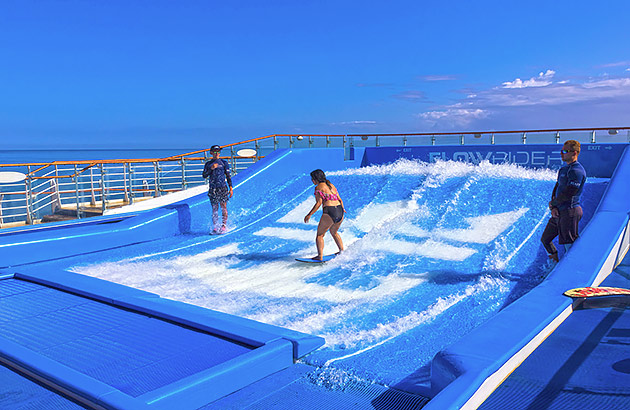
Make your return to cruising
For all the cruising options from Fremantle and beyond, and everything you need to know before you go, talk to one of RAC's cruise experts.
